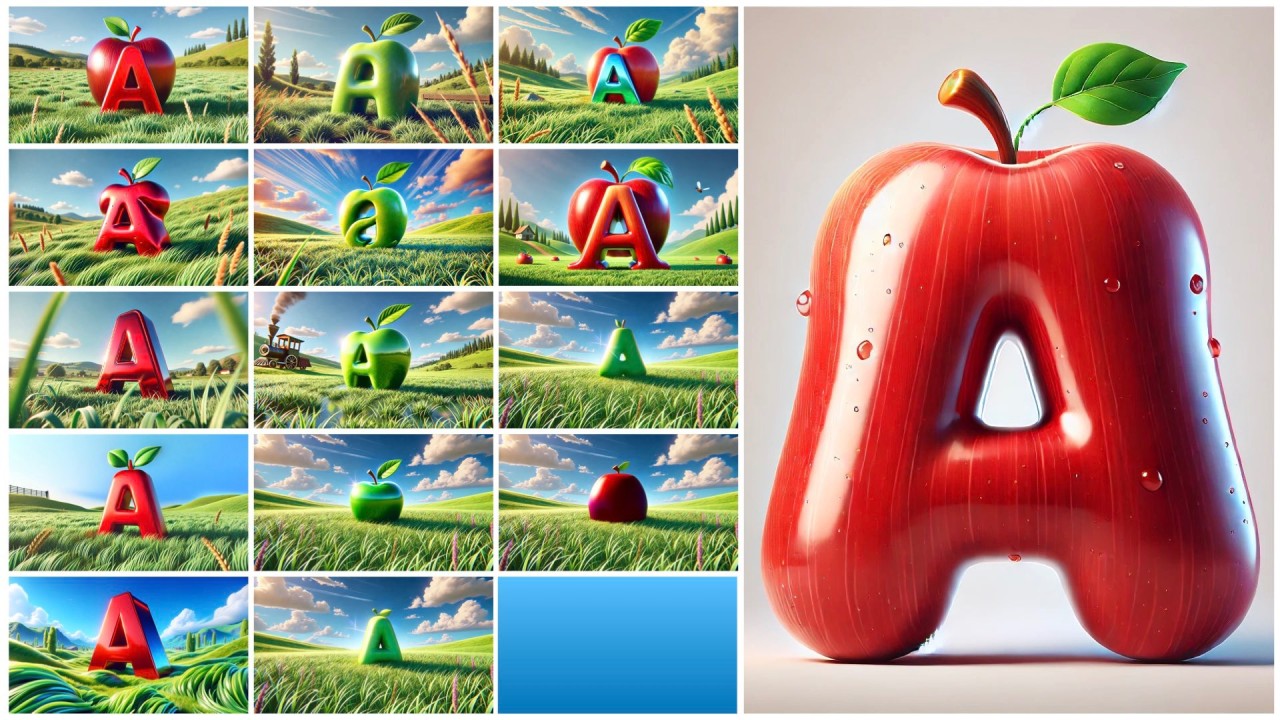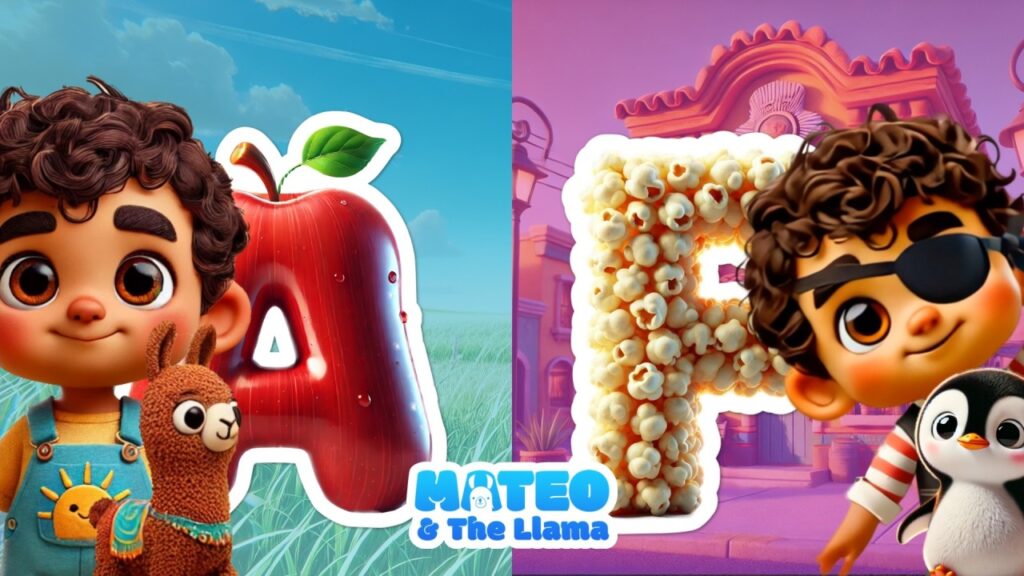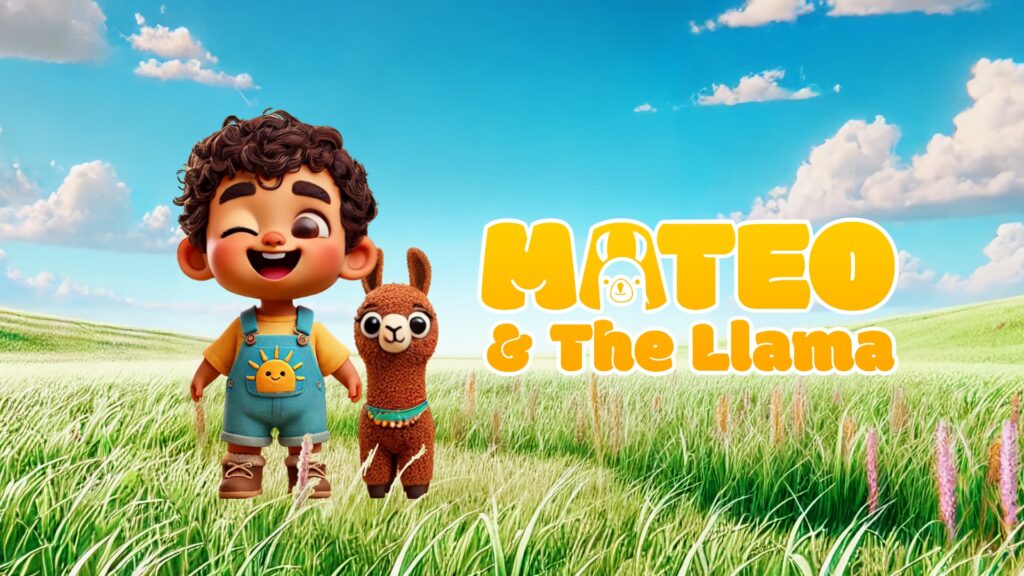Each time we prompt an AI model to conjure a new image, animate a scene, or compose a melody, we embark on a creative conversation. Sometimes, the magic appears in an instant; other times, it takes multiple attempts to land on the perfect moment. How do we gauge these ups and downs in a way that truly reflects AI’s creative potential? Enter Generative Effectiveness—an easy metric that spotlights how many tries an AI needs before it “gets it right.”
The Magic of Many Attempts
AI excels at iterating quickly, generating a bounty of unique outputs in the time it might take us to draft a single sketch. Yet not all outputs are equally delightful. One generation might yield a character design that perfectly captures a cheerful spirit, while another might need reworking several times before it feels just right. Generative Effectiveness measures how often the AI aligns with our intent on the first go versus how many runs it actually took to reach a usable outcome.
A Simple Ratio for Creative Success
Generative Success Effectiveness (GSE) is a ratio that captures how efficiently an AI reaches your intended result. It’s calculated by dividing 1 by the number of attempts needed to achieve the expected outcome. The fewer the tries, the higher the GSE. The higher the GSE, the more aligned the AI is with your intent.
Rather than diving into complicated formulas, Generative Effectiveness depends on a straightforward idea:

If the very first attempt is successful, you get 1/1 = 100%. If you arrive at a usable clip or image on the third try, that’s 1/3 ≈ 33%. This simple calculation reveals how efficiently you and your AI are collaborating. Even the “misses” become stepping stones, offering clues about what prompts or parameters might need tweaking.
A Glimpse into “Mateo & The Llama”
One real-world example of Generative Effectiveness at play is the production of Mateo & The Llama. Although the show’s focus is language education for children, the creative process relies on AI at every turn—scriptwriting, visuals, voices, music, and animation. By tracking how many generations each stage requires, the team gains a clear window into where their prompts or tools are performing well and where they might need fine-tuning.
- Script & Imagery ChatGPT and DALL·E contribute story ideas, scenes, and characters. One version might nail that sunlit, cartoonish vibe immediately, while another needs a few tries.
- Voices & Music ElevenLabs and Suno add life to every scene with cheerful voices and memorable tunes. A pitch-perfect voiceover might only take a single run, but a theme song can sometimes require multiple retakes to find the perfect tempo.
- Animation Runway and Hedra animate dancing letters, choreographed scenes, and playful interactions. Each run refines movement until it fits the show’s lively spirit.

Why It Matters
- Production Costs and Timelines Every new generation can add to both the financial cost of AI services and the overall production schedule. A lower effectiveness ratio means more runs, which can drive up expenses and push deadlines. By aiming for a higher ratio, teams can trim both budgets and timelines, all while delivering a polished final product on schedule.
- Clarity in Collaboration Generative Effectiveness reveals how well your AI “understands” you. If the ratio is low, it may be time to sharpen prompts or explore a different approach.
- Creative Momentum Quick, accurate outputs keep projects moving. Fewer back-and-forth generations mean less time sifting through duds, letting you channel energy into fresh ideas.
- Efficiency Without Sacrificing Imagination While experimentation is key to innovation, being aware of multiple failed attempts helps you refine your methods rather than drift in endless trial-and-error.
Sometimes, the unexpected result is the one worth keeping.
While working on Mateo’s Letter “F” episode, a random character suddenly sprinted across the background—right in the middle of a scene focused on an elephant from a previous moment. It wasn’t prompted, planned, or expected. But it was charming. And it made us laugh.
We left it in.
These moments—when the AI surprises us with delightful weirdness—remind us that creativity isn’t always about control.
Generative Success Effectiveness helps us optimize.
But it doesn’t stop us from embracing the unexpected.
Generative Effectiveness may be a straightforward concept, but it highlights the dance between human intent and machine output. By measuring how many tries it takes for AI to deliver something genuinely usable—and recognizing the cost and time tied to those attempts—creators stay grounded in a process that balances artistic freedom with practical needs. Whether you’re designing characters for a children’s show or simply experimenting with AI art, each new iteration moves you one step closer to that moment of creative delight.
Created by: Daniel Nordberg and Christian Schaffner




